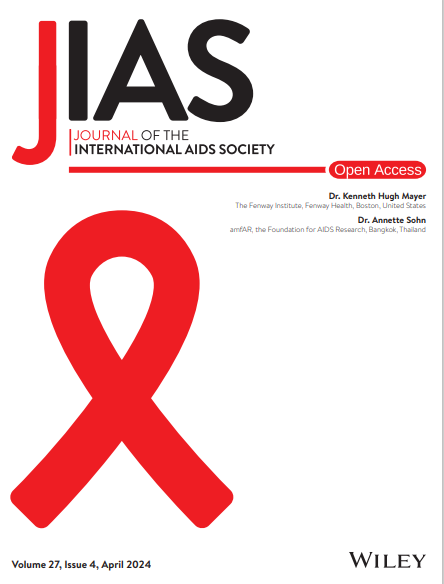Integrating HIV and primary healthcare for key populations: community-led models from Vietnam, Nigeria and Eswatini
Abstract
Introduction
Key populations (KP), including men who have sex with men, people who inject drugs, sex workers, transgender people and people in closed settings, are disproportionately affected by HIV and face structural and legal barriers to care. While community-led responses are central to reaching KP, services are often disease-specific and disconnected from national primary healthcare (PHC) systems. PHC, defined by WHO as a whole-of-society approach to delivering integrated and person-centred services, is rarely designed to meet the broader health needs of KP, who also experience high burdens of non-communicable diseases, mental health conditions and violence. This paper describes three service delivery models, supported by PEPFAR, that integrate HIV and PHC services for KP in Vietnam, Nigeria and Eswatini.
Discussion
The three models are community-led, client-centred, and tailored to KP health and social needs. Each integrates HIV services—including testing, antiretroviral therapy, viral load monitoring, pre-exposure prophylaxis (PrEP) and advanced HIV disease management—alongside broader PHC services such as mental healthcare, sexual and reproductive health, non-communicable disease screening and tuberculosis services. All models include structural and community-based interventions such as gender-based violence support, stigma reduction, peer navigation and economic empowerment. These services are delivered in safe, trusted spaces by multidisciplinary teams including peer and clinical providers. While the models demonstrate alignment with PHC principles (accessibility, cultural competence, continuity and community empowerment), challenges remain related to integration within national health systems, financing and provider training. Recent U.S. global health policy shifts, including reductions in funding for KP-specific programming and limited PrEP access, pose additional threats to programme sustainability and client trust.
Conclusions
Integrated models of HIV and PHC for KP can improve access, engagement and health outcomes across a range of services. They represent promising approaches for addressing intersecting health and structural needs, particularly in settings where stigma and criminalization persist. Sustained progress will require inclusion of KP in PHC policies and planning, protection of community-led services and domestic financing strategies that ensure continuity in the face of shifting donor priorities.

 求助内容:
求助内容: 应助结果提醒方式:
应助结果提醒方式:


